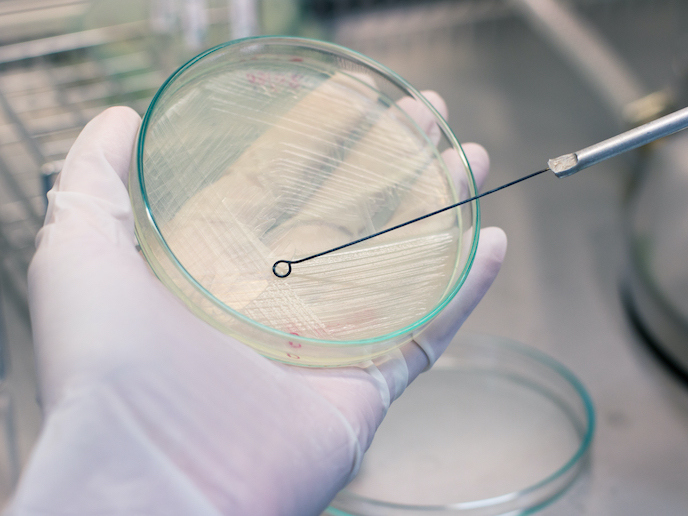Diagnostic kit delivers quick antiobiotic resistance assessment
The overuse of antibiotics(opens in new window) to treat various infections and diseases has led to the emergence of resistant bacterial strains. Such antimicrobial resistance(opens in new window) (AMR) has become a global epidemic and is currently responsible for over 23 000 deaths a year in the EU alone. “AMR is also associated with increased morbidity, longer hospitalisation times and a significant increase in associated medical costs,” adds ResisTEST project coordinator Albert Quintana. “The spread of multi-resistant strains, some of which are resistant to all or almost all known antibiotics, is bringing us closer to the pre-antibiotic era. This would undoubtedly carry grave health consequences.”
New diganostic techniques
Difficulties in identifying, developing and producing new antibiotics has led to a void in available therapeutic options. In fact, no new antibiotics have reached the market since 1987. This underscores the need for cost-effective and quick detection methods capable of selecting effective new antibiotics. “A key challenge is that current diagnostics mostly rely on bacterial cultures,” explains Quintana, associate professor of cell biology, physiology and immunology at the Institute of Neurosciences at the Autonomous University of Barcelona(opens in new window), Spain. “This system, albeit informative, has several drawbacks, such as a long turnaround time and low sensitivity.” Novel diagnostic methods such as PCR-based diagnostics(opens in new window), while fast and highly sensitive, are also restricted to a limited number of pathogens and/or resistances. Other possible technologies, such as DNA sequencing(opens in new window), require costly equipment and specialised training, limiting clinical use. The EU-funded ResisTEST project was launched to try and overcome these challenges, and to develop efficient new diagnostic tools to identify potential new drugs. “The ResisTEST project began in a very fortuitous manner,” says Quintana. “I was on a train to Barcelona, reading about the rising problem of AMR.” Quintana’s lab at the Autonomous University of Barcelona is devoted to the development of novel tools to assess mitochondria(opens in new window). This organelle(opens in new window), found in cells, has a bacterial origin and thus shares similarities with bacteria. “During the train ride, I began thinking about whether we could modify our tools for use in bacteria. This was the origin of the ResisTEST project.” To do this, Quintana and his team set about developing a method for concentrating bacterial ribosomes(opens in new window) from samples. Ribosomes, found in all living cells, synthesise proteins, which in turn carry out critical cellular functions such as directing chemical processes or repairing damage. The next step was to find a way of purifying RNA(opens in new window). RNA molecules carry genetic instructions critical for the development and maintenance of life.
Fightback against AMR
Quintana was able to demonstrate the feasibility of using this technique in a controlled laboratory setting on bacterial cultures with known antibiotic resistances. Using this method, he was able to develop an antibody against a specific bacterial sequence. “Preliminary results suggest that our antibody outperforms commercially available ones,” he adds. “Importantly, we were able to show that this technology can provide fast, highly sensitive diagnoses of drug efficacy at an affordable cost.” Quintana and his team are now working on the clinical development and validation of the technology. Commercial partnership agreements are being pursued in order to scale up the process. “This disruptive approach could represent a significant breakthrough in the fight against AMR, allowing us define the antibiotic of choice for the treatment of infections where AMR is suspected,” he says. “This would have a huge impact at the social, health and environmental levels.”







